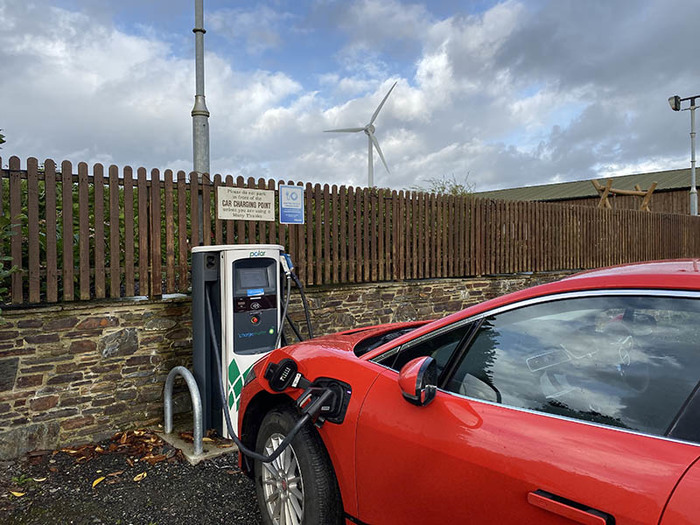COP26: The Transformation of Sustainable IT & Software Technology in the Home

With 40% of British emissions originating from the home, the requirement to transform our houses into environmentally friendly infrastructures has never been more pronounced. However, the requisite transformations may be provided from sources that may not have been the first to spring to mind; software engineers. In 2020, BT partnered with 61 households to launch a ‘Smarter Living Challenge’, which uncovered that through technological advances, Brits could save up to £938 and 1.7 tonnes of carbon dioxide equivalents. To uncover the technology behind these savings, DCSL GuideSmiths unveil the engineering that could facilitate the future of Britain’s green homes.
Smart Assistant Light Switching:
The best smart light switches make it even easier to control your smart home lighting. They work more cleverly than regular light switches, working within the smart control systems of your lights, rather than just turning the power on and off. Smart light switches are also designed to work with regular bulbs, but their trick is that they bring smart home convenience to existing lights by replacing the old switch with a smart one, so now you have app control of your wiring, effectively. Turning off appliances from Standby mode has been found to save up to £35 per year as well as 56kg of carbon dioxide equivalents.
Visualising Consumption:
The Government currently has a target for 85% of homes to have a smart meter to be installed by 2024. However, recent reports have suggested that 900,000 faulty meters have already been installed. With consumer interest in meters yet to pique, it is up to engineers to find innovative ways that will inspire Brits to engage with smart meters. This will be largely driven by the aesthetic of how data is presented, ensuring Brits remain cautious of the energy they are using.
AI Automation:
AI is being deployed in smart homes can help to both prompt and automate behaviours. By building a historical account of energy usage in the home, smart home devices are able to automate more energy efficient methods and set new patterns. Should this sound a little too Orwellian for some home-owners, the detection of patterns can also prompt homeowners to stick to routines that helps their own practices become more efficient.





